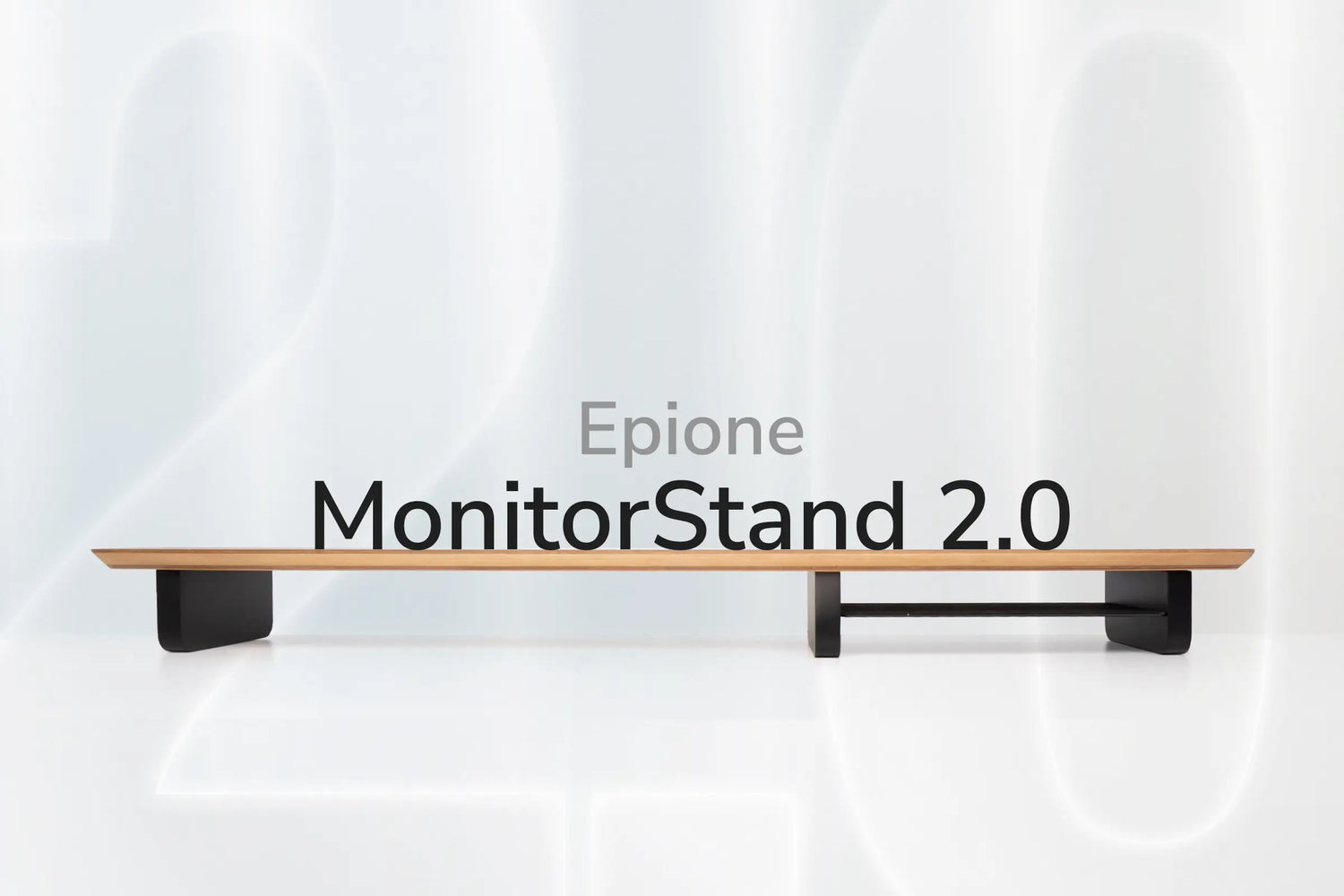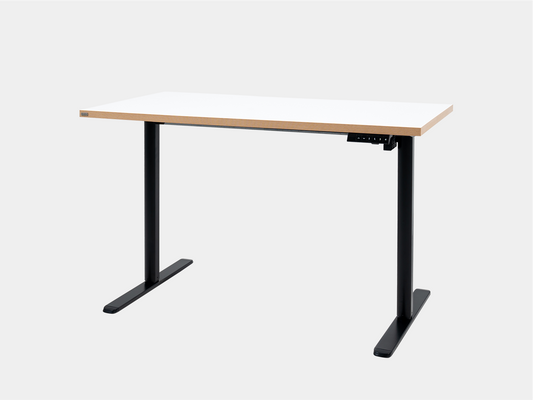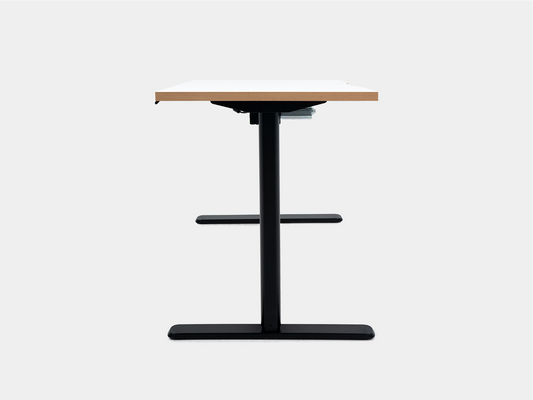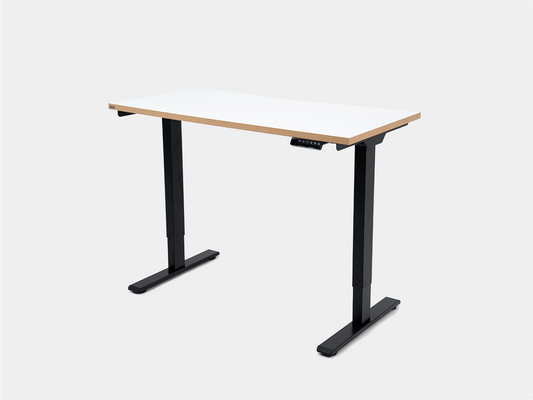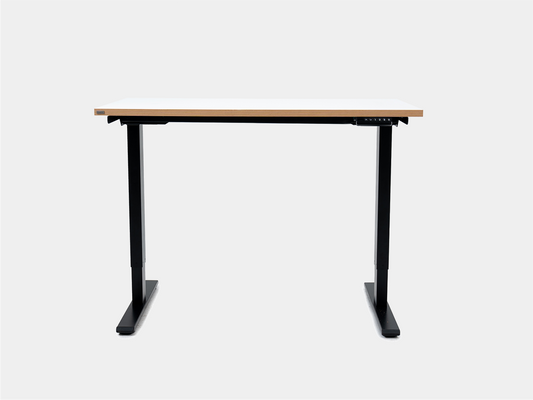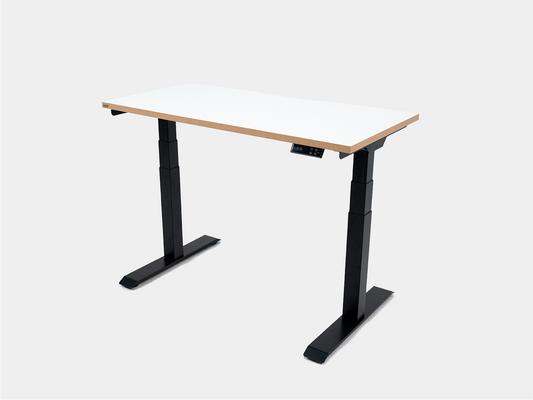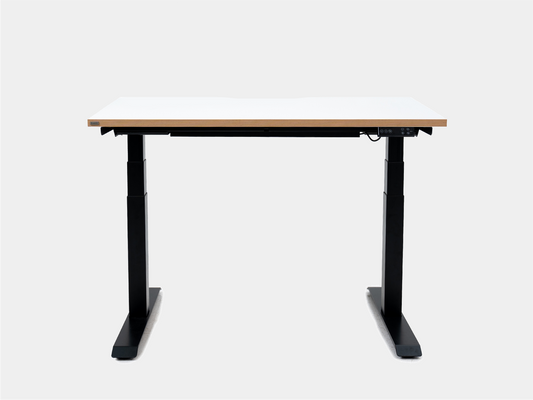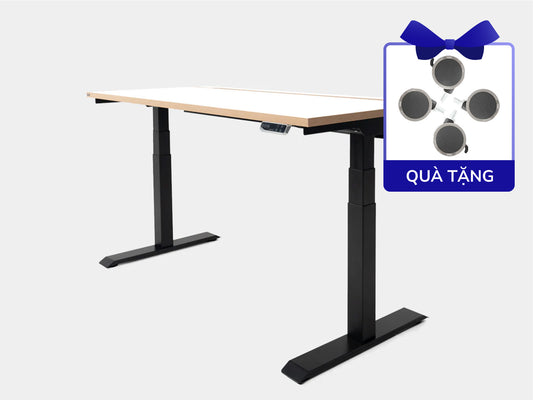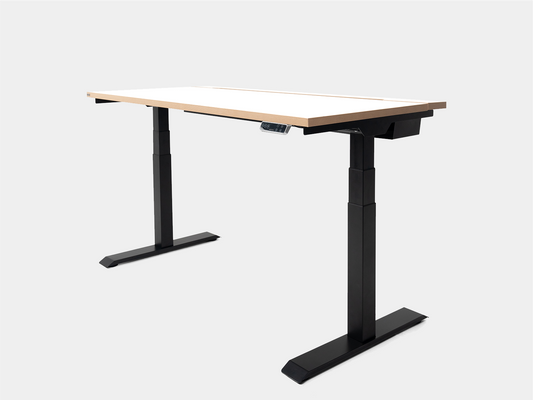If you are new to ergonomics or unclear about some aspect of it such as how it works, its importance or its practical applications, this article is for you! 
What is ergonomics?
The International Ergonomics Association Executive Council has provided the following description: "Ergonomics (or human factors) is the science concerned with understanding the interactions between humans and other elements of a system, and the profession that applies theory, principles, data, and methods to design to optimize human health and overall system performance."
The word ergonomics comes from the Greek words "ergon" - work and "nomos" - law. When combined, they mean "law of work" or "science of work". The goal of ergonomics revolves around 3 core elements: Improving human performance - Protecting human health - Ensuring human safety.
Ergonomics includes three main types: physical ergonomics, cognitive ergonomics, and organizational ergonomics.
1. Physical Ergonomics
Physical ergonomics is the most common type of ergonomics because it deals with the anatomical, anthropometric, physiological, and biomechanical characteristics of humans. Related topics include work posture, material handling, repetitive motion, work-related musculoskeletal disorders (WMSDs), workplace layout, and physical safety and health.
Physical ergonomics is widely used in the design of products that are good for human health in the work environment. Some prominent applications include ergonomic chairs, lifting tables, and ergonomic keyboards and mice.
2. Cognitive Ergonomics
Cognitive ergonomics is concerned with mental processes, such as perception, memory, reasoning, and motor response, as they affect the interaction between humans and other elements of a system. Topics of interest include mental workload, decision making, skilled performance, human-computer interaction, human reliability at work, stress management, the effects of color on human neurology during long work hours, etc.
Cognitive ergonomics also opens up more opportunities for workers with cognitive disabilities or general difficulties at work.
3. Organizational Ergonomics
Organizational ergonomics combines knowledge gained from physical and cognitive ergonomics, to optimize safety and efficiency throughout the organization. Organizational ergonomics focuses on optimizing socio-technical systems, organizational structures, and processes to improve safety and efficiency.
Some examples include issues related to communication, team resource management, effective working practices, community ergonomics, virtual organizations, quality management, etc.
Why is ergonomics important?
 Increased productivity.
Increased productivity.
Ergonomics is important because it is directly related to individual health and economic benefits:
- Health and Safety: Conditions such as lower back pain, carpal tunnel syndrome, musculoskeletal disorders, etc. can develop over time and lead to long-term injuries. Choosing the right ergonomic design is important to prevent unwanted injuries.
- Productivity and efficiency: Ergonomically designed products and workspaces are more comfortable because they have been carefully designed to meet the physical and movement requirements of the user. This helps reduce stress and discomfort, thereby increasing productivity, efficiency and quality of work.
- Engagement and morale: Employees who work in ergonomically optimized environments are more engaged and have higher levels of job satisfaction because they feel healthy and safe.
- Economic Benefits: Investing in ergonomic furniture and equipment can save money in the long run by reducing the number of work-related injuries and related costs, such as medical expenses and lost productivity.
- Inclusion and diversity: Ergonomics is essential to support a diverse workforce, in terms of age and physical abilities. This is especially important for organizations with an older workforce or those with disabilities.
- Adaptability to change: With the advancements in technology and the current shortage of human resources, an ergonomic environment is a bright spot to attract talent. Ergonomics ensures a thriving and safe workplace by putting people at the center.
How it works
 How it works.
How it works.
Ergonomics applies scientific principles and data to design and optimize the interaction between people and their environments. Here's how ergonomics is studied and developed:
- Assessment and Analysis: The first step in ergonomic design is to assess the existing environment, tools, tasks, and users. This involves analyzing physical postures, repetitive movements, environmental factors such as lighting and noise, and the cognitive demands of the tasks.
- Data Collection: Data on human abilities and limitations are collected from a variety of sources. This data includes anthropometric data, biomechanical data, psychological data, and social factors.
- Interdisciplinary knowledge application: It uses knowledge and methods from physiology, kinesiology, psychology and engineering to inform design decisions.
- Prototyping and Testing: During this phase, the model or prototype is tested with real users and then feedback is collected on usability, comfort, and efficiency.
- Continuous monitoring and improvement: Once changes are made, it is essential to monitor their effectiveness through regular evaluation of employee feedback and further adjustments.
Applications and practical examples
Ergonomics has many applications in a variety of industries, but is primarily known for office equipment. Here are some of its applications in office interior design and other industries.
1. Application in the workplace
According to the UK’s Health and Safety Executive ( HSE ), 36.8 million working days are lost each year due to work-related illness and injury, costing the UK £18.7 billion a year. Ergonomic office furniture helps reduce injuries by reducing musculoskeletal disorders such as back pain, neck pain and carpal tunnel syndrome, which are common in people who spend long hours at their desks.
 Applications in the workplace.
Applications in the workplace.
Some examples of ergonomic furniture products include:
- Ergonomic Desks and Chairs: Understanding that everyone has a different body size and type, ergonomic desk and chair designs focus on keeping the neck, back and knees in a safe position, reducing pressure on the lower back and improving overall comfort while working.
- Monitor Arm: The top of the monitor should be positioned at or slightly below eye level and should be at least an arm's length away. A flexible swivel monitor arm allows users to adjust the height and angle to their optimal level, helping to reduce neck and eye strain.
- Ergonomic keyboard and mouse: Ergonomic keyboards and mice are designed to make typing, clicking, and scrolling comfortable. Additionally, keyboard and mouse wrist rests help maintain a stable wrist position, reducing the risk of carpal tunnel syndrome.
2. Applications in other fields
-
- Ergonomics in home design: The layout and placement of items in a bedroom, bathroom or kitchen should be considered to suit the user. Is it too high to reach? Is it safe for you to place in its current location? Does unorganized furniture make you tense and irritable?
- Dental Ergonomics: Helps increase patient satisfaction as well as protect dentists' health. Dental professionals should maintain an upright posture while allowing patients to recline at an angle of 10 to 15 degrees from the floor when performing clinical procedures.
 Applications in dentistry.
Applications in dentistry.
- Ergonomics in agriculture: Tools such as weed racks and harvesting carts are applications of ergonomics in industry. The advent of material handling equipment that protects workers from risky movements is playing a major role in this field.
Further reading
- 8 Fundamental Ergonomic Principles for Better Work Performance
The article covers the basic principles of using equipment and maintaining proper working posture to protect health.
- Ergonomic Design: All About Workplace Ergonomics
Some basic principles of ergonomic design in the workplace as well as at home such as using equipment at the right height, arranging furniture properly, etc. are presented in detail in this article.
- What is Ergonomics? Types of Ergonomics and Examples
The article is quite in-depth about ergonomics, from classification, how it works to practical examples are all listed in detail.
So I have just brought you some knowledge related to ergonomics. Epione hopes that this article is the perfect start for you in your journey of learning about ergonomics and will soon receive practical benefits from it.
